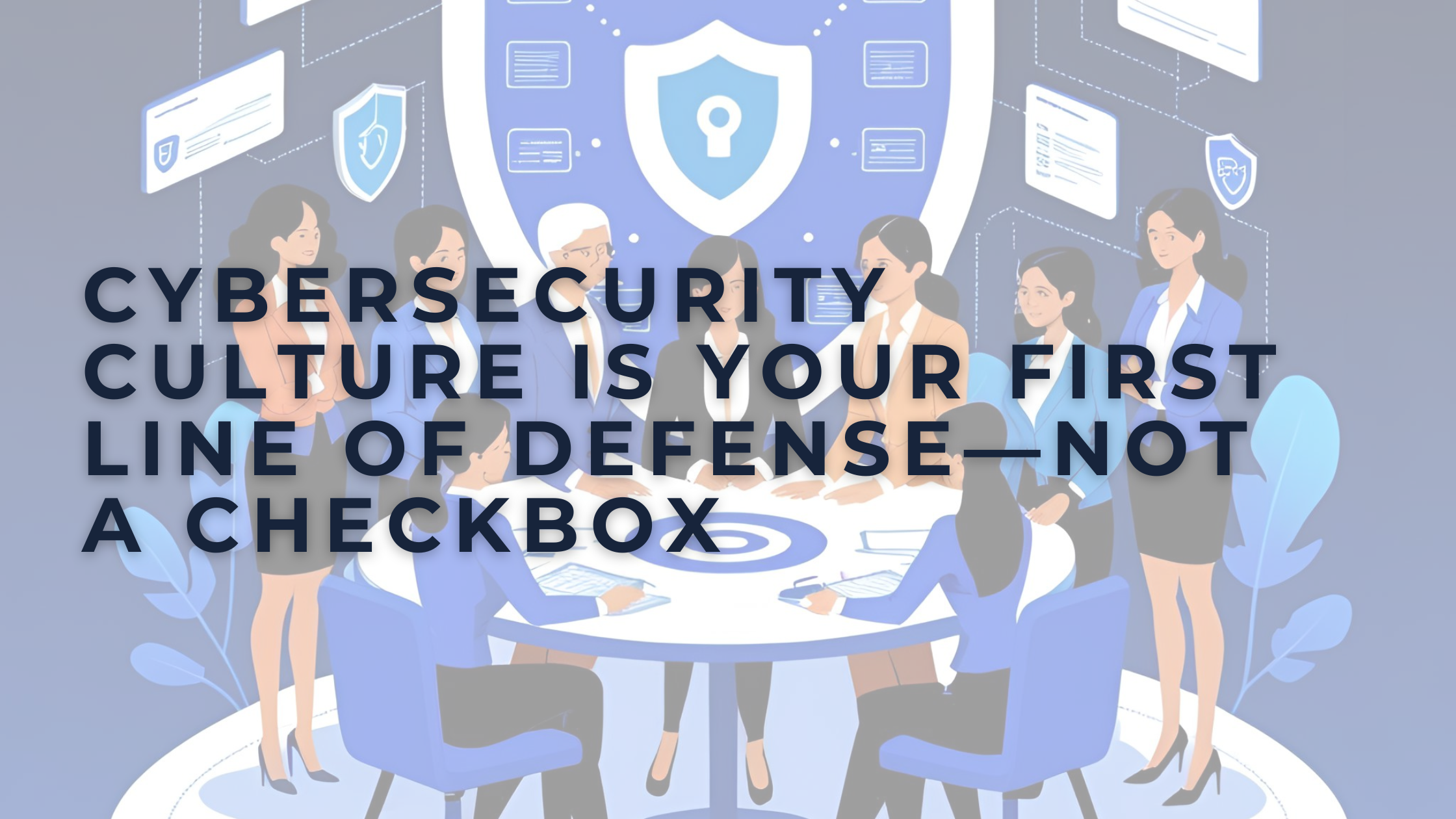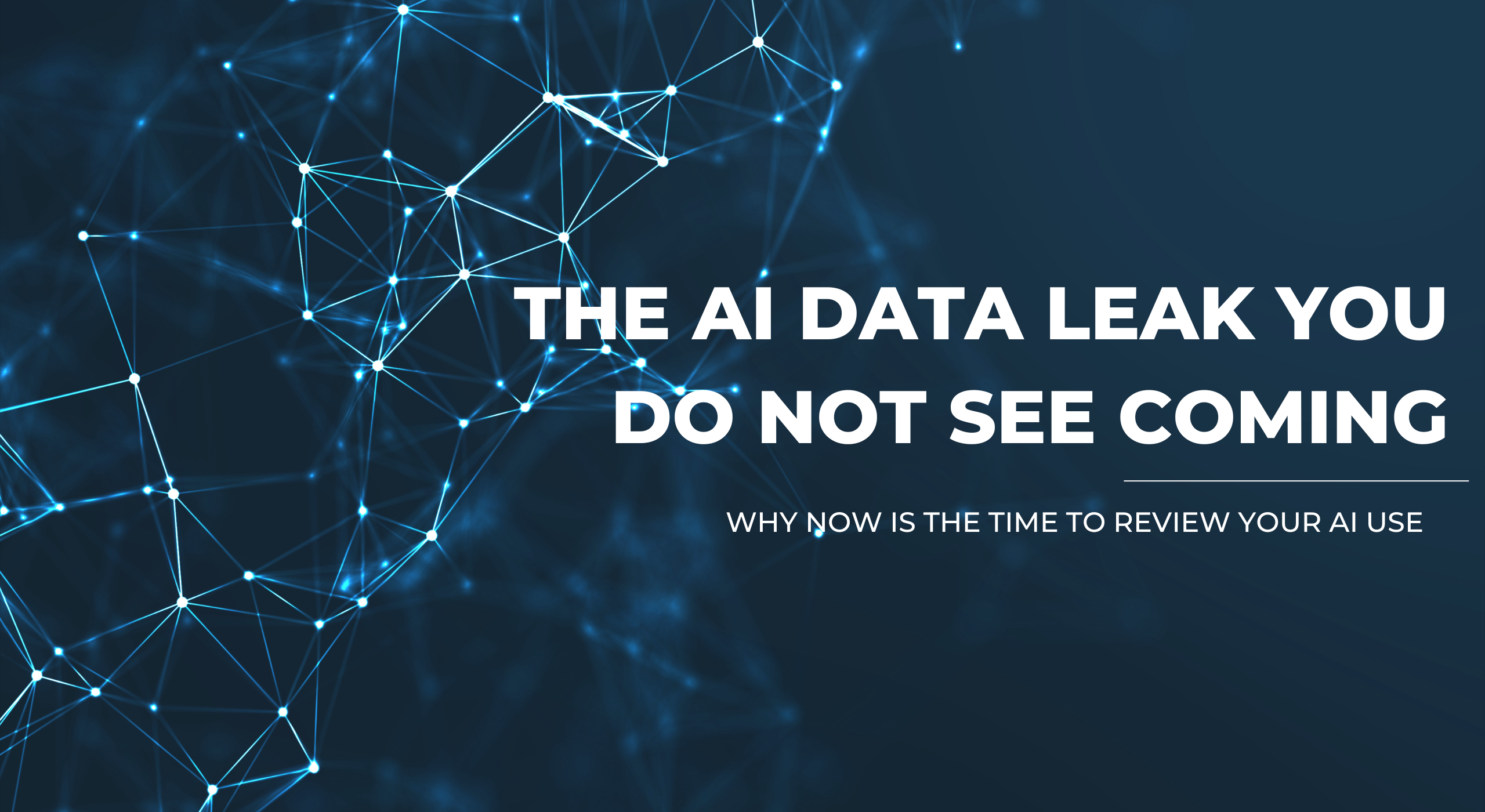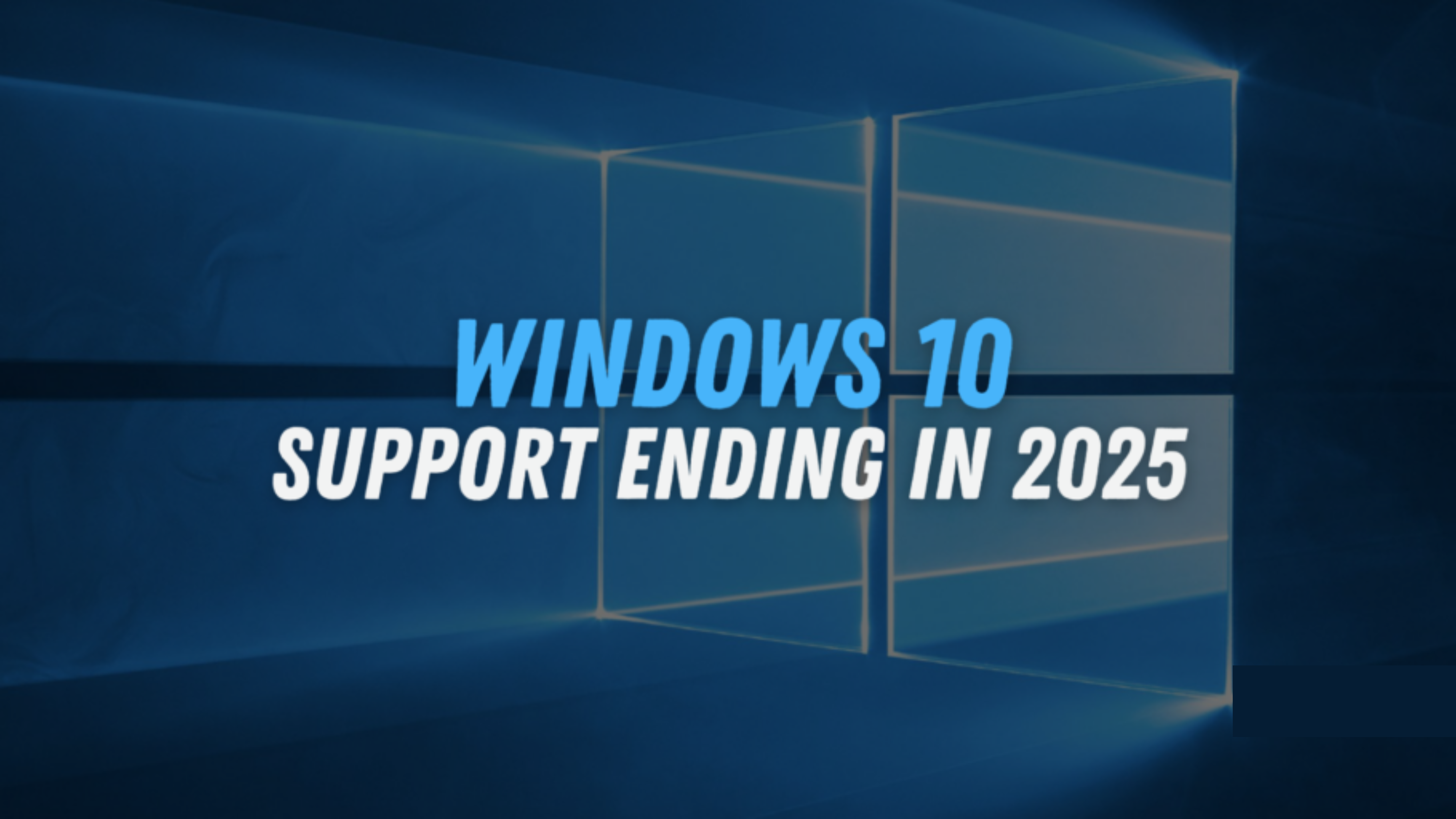Businesses today treat cybersecurity as a universal priority, but too often, they reduce building a cybersecurity culture to a checklist: deploy antivirus, configure a firewall, circulate an annual training module.The reality is more complex—and far more consequential.
According to IBM’s 2024 Cost of a Data Breach Report, the average breach now costs $4.45 million—a 15% increase over the last three years. Phishing remains the most common attack vector, responsible for 36% of breaches, and nearly 75% of organizations report experiencing at least one successful phishing attack annually. These numbers highlight a critical truth: even the most advanced technical controls will fail if your people aren’t prepared to recognize and stop a threat in real time.
Cyber insurance policies have surged in response to this landscape, offering a safety net when incidents occur. Yet any seasoned executive understands that insurance is not a strategy—it’s a last resort. No organization wants to be in the position of filing a claim that could have been prevented by a more vigilant, better-prepared workforce. Ultimately, your policy is a backstop. Your cybersecurity culture is what determines whether you ever have to use it.
At Network Outsource, we have spent decades helping organizations build cybersecurity cultures that make insurance policies feel like an extra layer of reassurance—not the primary plan. Prevention is never a single product or a static document. It is an operational mindset that evolves alongside emerging threats and empowers every employee to act as a first line of defense.
Why Culture Is the First Defense
Cybercriminals no longer rely on unsophisticated tactics. Today’s phishing emails and social engineering attacks are engineered to bypass technical controls and exploit human trust. A well-constructed message can appear to come from a trusted vendor, a regulatory authority, or even a member of your executive team. In fact, Verizon’s 2024 Data Breach Investigations Report found that over 50% of social engineering breaches involved pretexting—an attacker fabricating a scenario to manipulate an employee.
Technology plays a critical role in any security posture, but it is only as effective as the people who use it. Organizations that treat cybersecurity as a culture—not a compliance exercise—are measurably better prepared to prevent and contain incidents before they escalate into costly disruptions.
How We Help Organizations Build a Culture of Vigilance
Network Outsource partners with leadership teams to instill security awareness as an operational priority, not an IT afterthought. Over the years, our team has refined an approach that combines strategic guidance, adaptive tools, and consistent reinforcement.
This means:
-
Assessing risk beyond the obvious. We analyze your workflows, business objectives, and industry-specific threats to uncover vulnerabilities a generic program would miss.
-
Aligning training with reality. From executive phishing simulations to role-based education, every initiative reflects the actual scenarios your teams encounter.
-
Establishing accountability at every level. Security culture succeeds when leadership models vigilance, managers reinforce it, and employees understand their individual impact.
-
Sustaining momentum. Cyber threats evolve continuously. So must your training, policies, and employee engagement.
We’ve seen firsthand that when organizations invest in building a proactive cybersecurity culture, every layer of defense becomes stronger. Employees feel ownership rather than obligation, and security becomes a shared priority embedded in daily operations.
The Network Outsource Strategy
While a strong culture is foundational, effective tools sustain it. Our goal is to create a culture where everyone knows what to look for. That’s why we create custom Know2Be platforms for our clients based on their industry and culture. From test emails, to other targeted threats, our goal is to keep your team aware.Know2Be empowers your organization to put security culture into practice by:
-
Delivering targeted, interactive training modules that build knowledge and confidence
-
Conducting realistic phishing simulations that safely test response and improve judgment
-
Recognizing and rewarding positive behaviors to maintain engagement
-
Providing continuous updates as threats and regulations change
This is not a checkbox program. It is a system that supports the larger strategy of prevention-first security—a strategy proven to reduce risk and improve resilience over time.
Cyber Insurance Is Not a Substitute for Preparedness
While cyber insurance has become standard across most industries, it only mitigates the impact of an incident—it does nothing to prevent a breach from occurring in the first place. Insurers now expect policyholders to prove they have proactive risk management practices long before a claim is filed. If you lack a documented cybersecurity culture, you risk higher premiums, limited coverage, or even denial of claims after an attack.
The cost of cyber insurance varies significantly based on your organization’s size, industry, and security posture. According to industry benchmarks, premiums for small and midsize businesses typically range from $5,000 to $20,000 per year for coverage limits between $1 million and $3 million. For larger organizations or companies in high-risk sectors like healthcare, finance, or education, costs can be substantially higher.
When you evaluate a cyber insurance policy, look closely at:
-
Coverage scope: Does it include business interruption, data recovery, regulatory fines, and legal costs?
-
Incident response support: Will the carrier provide access to forensic experts, legal counsel, and PR assistance?
-
Exclusions: Understand what’s not covered, such as acts of war, insider threats, or preexisting vulnerabilities.
-
Requirements: Many insurers require you to implement security awareness training, multi-factor authentication, and documented response plans to qualify for coverage.
Developing a cybersecurity culture isn’t optional anymore—it’s a prerequisite. The stronger your prevention strategy, the more leverage you have to negotiate favorable terms, demonstrate compliance, and keep premiums in check. More importantly, it reduces the likelihood you’ll ever need to rely on your policy.
Schedule Your Complimentary Cybersecurity Assessment
If your goal is to ensure your cyber insurance remains just that—insurance—and not your first line of defense, now is the time to invest in a cybersecurity culture your team believes in.
Schedule your free cybersecurity assessment with Network Outsource today.






Leave A Comment